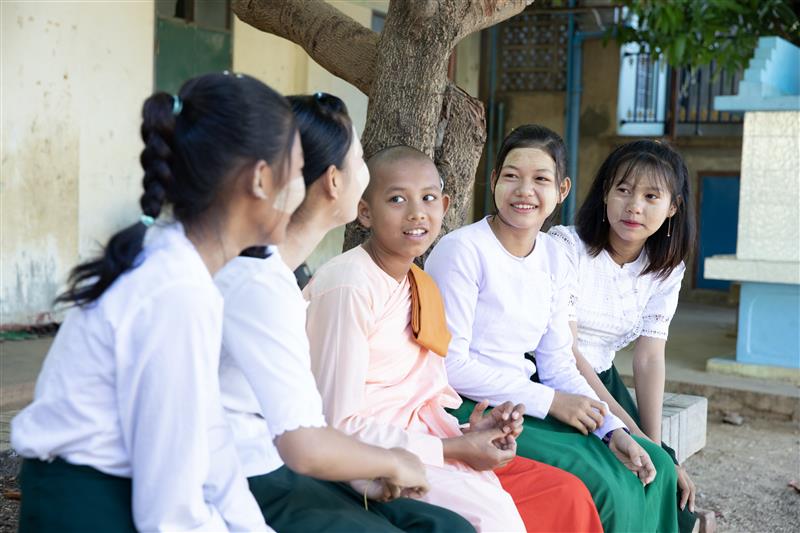

EVE-M®: enhancing the vaginal environment and microbiome
The vaginal microbiome is a key determinant of a women’s sexual and reproductive health. In contrast to an optimal vaginal microbiome dominated by beneficial lactobacilli which is protective, a non-optimal vaginal microbiome promotes genital inflammation that increases the risk of sexually transmitted infections (STIs) including human immunodeficiency virus (HIV) and preterm birth.
Bacterial vaginosis (BV) is the most common clinical manifestation of a non-optimal vaginal microbiome affecting ~30% of reproductive age women globally. Current treatment options for BV rely on antibiotics which provide short-term resolution. BV reoccurs in ~60% of women within 6 months. There is an unmet need for effective non-antibiotic-based strategies to target BV and its adverse sequelae.
Objective
Harness the health promoting properties of a small molecule produced by an optimal vaginal microbiome to combat a variety of conditions affecting women’s sexual and reproductive health including HIV and other STIs, spontaneous preterm birth, infertility, and endometritis.
Approach
The small molecule will be formulated in a variety of ways for delivery into the vagina. Formulations will be tested in preclinical studies, mechanistic studies in women, and clinical efficacy studies.
Community impact
Women’s sexual and reproductive health is often neglected with little progress in BV treatment in the past 25 years despite its economic and associated health impact. The estimated annual global economic burden of treating BV symptomatic BV is $USD 4.8 billion.
BV is the most common vaginal syndrome affecting women of reproductive age. Both symptomatic and asymptomatic BV are associated with adverse health outcomes. BV is estimated to affect 20-30% of indigenous Australian women and women in Papua New Guinea.
Of the 1.5 million new HIV infections in 2021, 49% were in women with the majority of these infections occurring in adolescent girls and young women in sub-Saharan Africa where BV is highly prevalent.
A non-optimal vaginal microbiome is associated with spontaneous preterm birth. Preterm birth affects >15 million babies a year and is one of the leading causes of death of children <5 years. Symptomatic BV in women is also associated with adverse social and psychological consequences.
Partners
Funding partners
- MRFF
- VMRAF
- NHMRC
- ACH4
Collaborators
- Melbourne Sexual Health Centre (The Alfred and Monash University): Catriona Bradshaw, Lenka Vodstrcil, Erica Plummer
- Swinburne University of Technology (Melbourne, Australia): Simon Moulton
- The University of Maryland (Baltimore, USA): Jacques Ravel
Project contacts

Professor Gilda Tachedjian
Head, Life Sciences Discipline; Head, Retroviral Biology and Antivirals Laboratory
Project team

Dr Celine Deffrasnes
Senior Research Officer

Dr Paula Ellenberg
Laboratory Manager

Dr Joshua Hayward
Senior Research Officer

Associate Professor Anna Hearps
Co-Program Director, Disease Elimination; Head, Infection, Inflammation and Innate Immunity

Associate Professor Lindi Masson
Deputy Program Director, Women’s, Children’s and Adolescents’ Health; Co-Head, Global Women’s and Newborn’s Health




